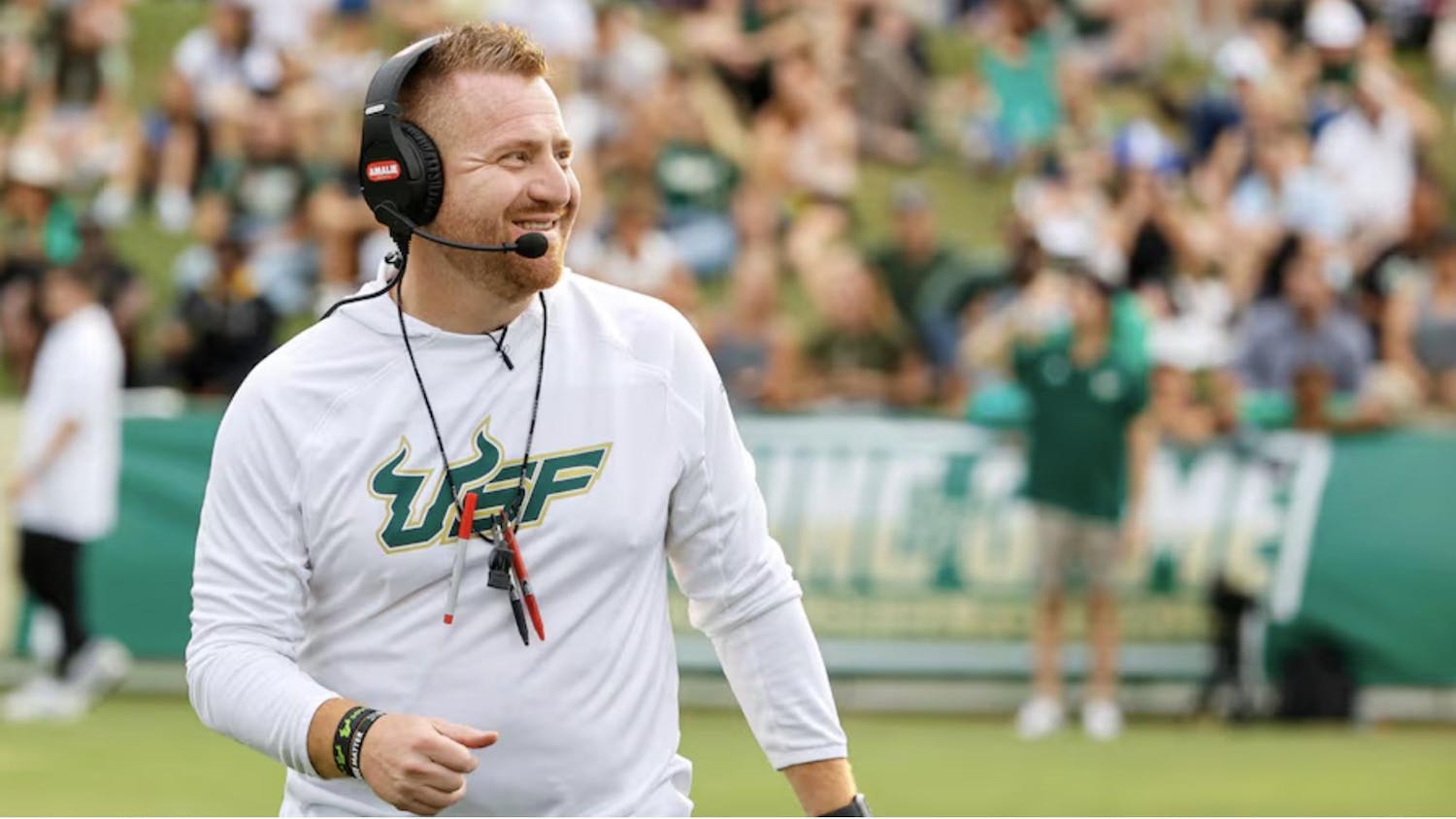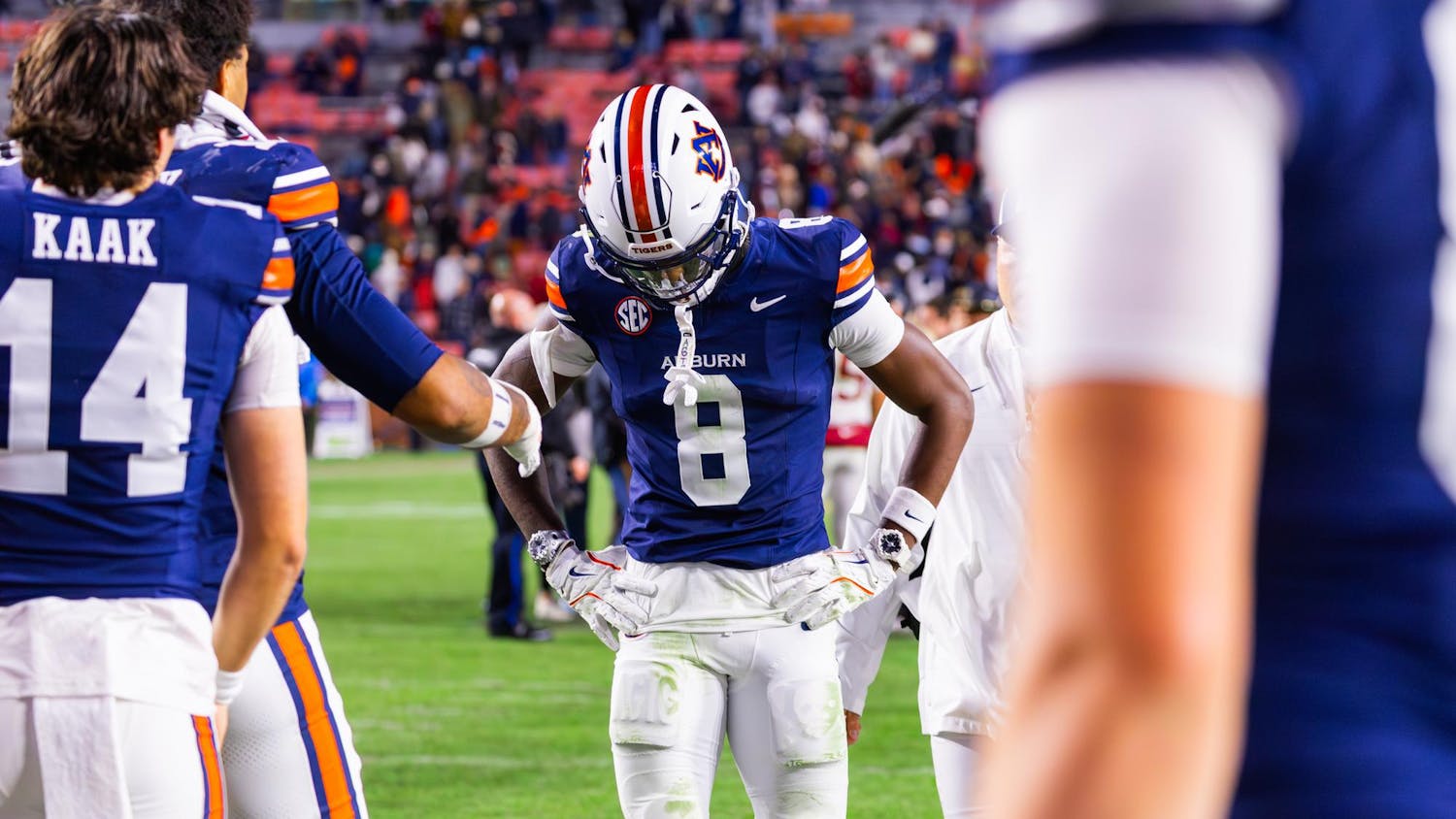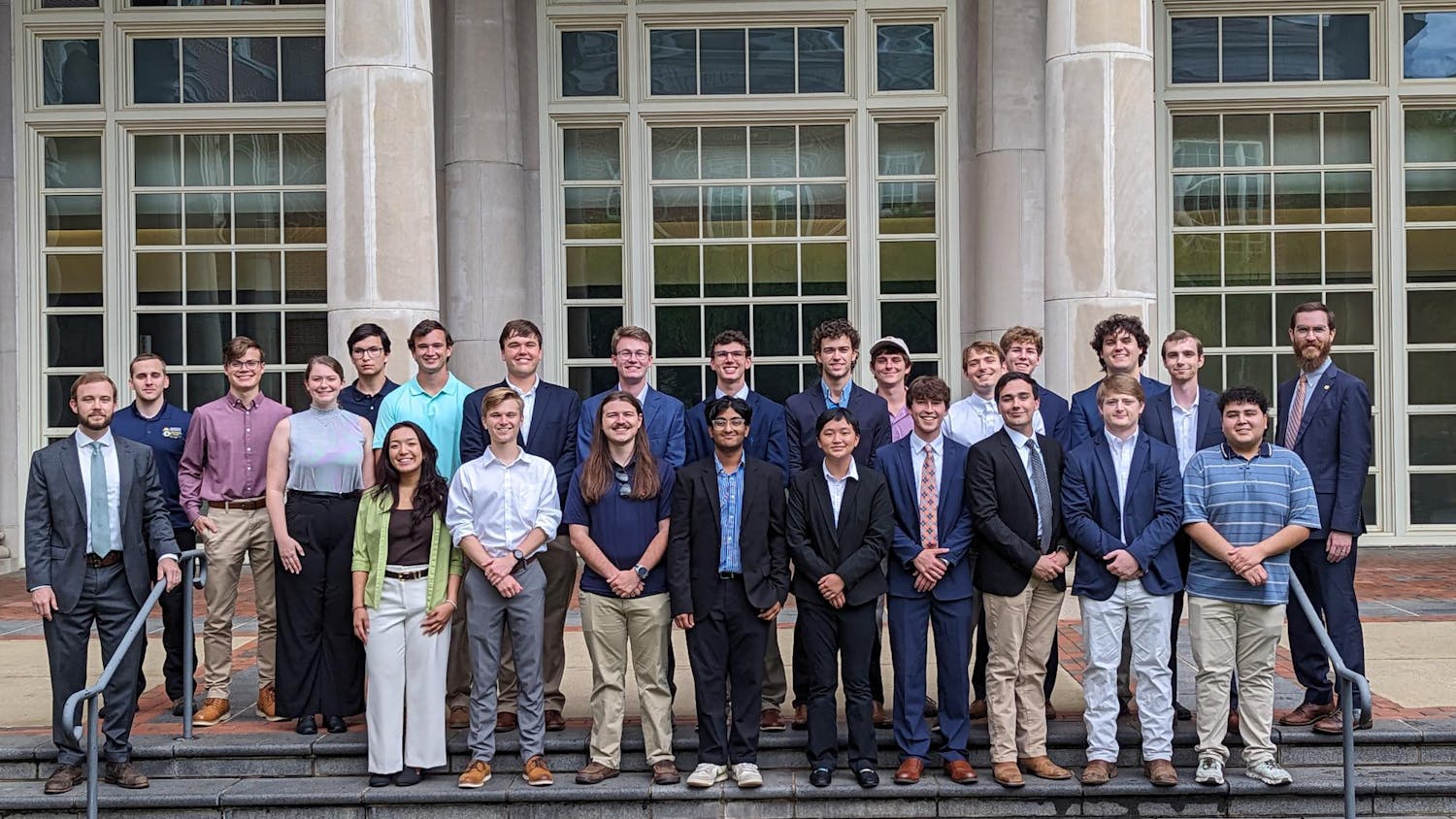The United States is commonly referred to as a “melting pot” due to immigrants coming in and blending into the culture. However, the metaphor presents itself as dated, as most immigrants don’t fully assimilate to American culture.
From a more local perspective, Southern states don’t necessarily reflect this “melting pot” name, or any other name that would be seemingly “diverse” for that matter. As of 2023, White people make up 53% of the Southern United States. The rest of this population is made up by 18% of Black residents and 20% of Hispanic. Auburn itself has 66% of White residents and 19% Black, with a population of 82,030 as of 2023.
With this in mind, a majority of Auburn is the University, therefore bringing the question: How diverse is Auburn?
As of spring 2024, Auburn was known as the least diverse SEC school, which honestly isn’t surprising. Of course, as of Oct. 2024, DEI has been outlawed, due to SB-129 being passed. Yet, that isn’t an excuse for Universities, especially Auburn, to lack fundamental spaces for marginalized communities.
Auburn does have many clubs and organizations for non-White students, and they even have events for these students and their communities, but is that really all they can do? Is it really even enough for these people to feel like they’re being included?
As of fall 2024, Auburn reported 79% of enrolled students to be White: that’s 26,962 students out of a 34,145 student total. Out of these 34,145 students, 1,628 students are Black, which is close to 4.8% of all students.
The “Auburn Family” is an umbrella term which obviously includes all Auburn students, alumni, fans and employees, right? If that’s the case, then why are students that are frequently marginalized not uplifted and sought out as much as their White peers?
It’s also important to remember that Auburn has a typical southern relationship with integration and non-White students as a whole. Auburn was integrated only 61 years ago, in 1964, and it took a lawsuit to actually have this integration happen.
Harold A. Franklin was the first Black student to attend Auburn. It took multiple efforts for Franklin to actually be granted enrollment to the university, some of which included a lawsuit. The efforts White university and governmental officials made to keep Franklin out of Auburn are absolutely disgusting, even if it was normalized for that time.
Franklin was constantly isolated from his peers, was denied multiple thesis topics and convinced himself he wouldn’t succeed at Auburn. Integrated, yet still constantly segregated?
Auburn football got their first Black player in 1972, 53 years ago. That player, Thom Gossom Jr., recalled that “The world was changing, and he [Shug Jordan] wasn’t ready to change with it.”
1972 was only eight years after Auburn’s initial integration, yet nobody speaks of Auburn’s sports history in the racial sphere.
In a modern lens, most of Auburn’s Black population are either athletes or employees. Frankly, as a Black person, I rarely see any other Black students that aren’t involved in Auburn athletics. Of course, I can’t speak for all non-White students here, but feeling alienated must be common with this fact in mind.
Of course, “cancel-culture” is a big thing today, although there really isn’t talk of any of Auburn’s harsh history dealing with non-White individuals. So, in thinking about it, learning about it and talking about it, would Auburn be “cancelled?"
Driving someone away on the basis of race isn’t something that the “Auburn Family” should normalize, and I’m sure it still happens today. Auburn is a land-grant public university, which would require officials to comply with state legislature a little more than usual. Yet back-tracking on diversity and inclusivity only 61 years after being integrated is a sad thing to see, especially without a fight being put up.
So, no, Auburn really isn’t as inclusive as it seems. Students and officials just see the university through rose-colored glasses, as it’s being marketed. There are too many questions to be asked and not enough answers being presented from university officials. Take the time to think about who you see in your classes, at sports events, on Auburn socials and answer the questions for yourself.
Do you like this story? The Plainsman doesn't accept money from tuition or student fees, and we don't charge a subscription fee. But you can donate to support The Plainsman.

Brychelle Brooks, senior majoring in public and professional writing with a minor in information systems, has been with The Auburn Plainsman since August 2023. She previously served as the Campus Reporter, Opinion Editor and Newsletter Editor. She is currently serving as the Editor-in-Chief.





